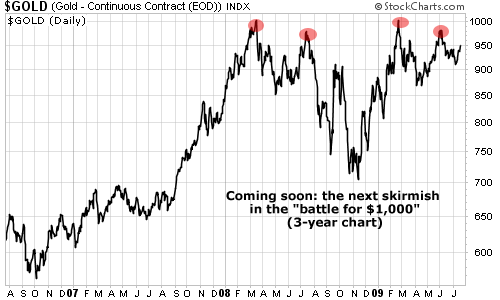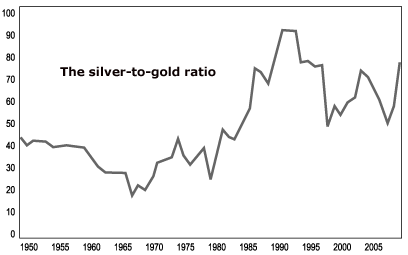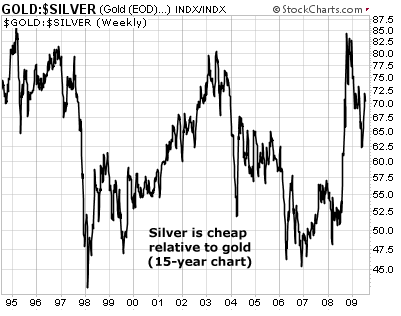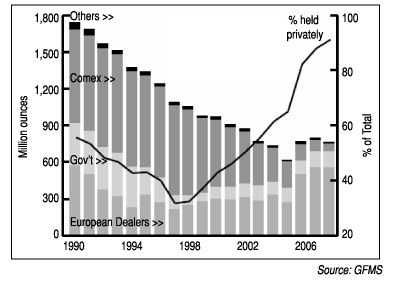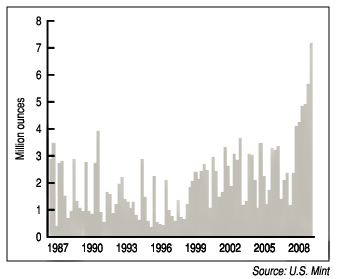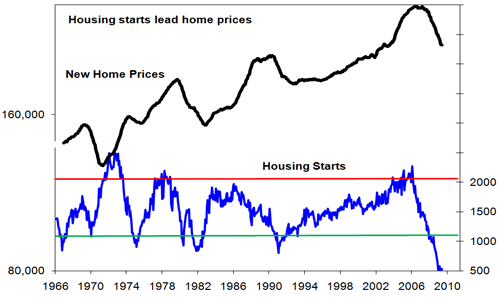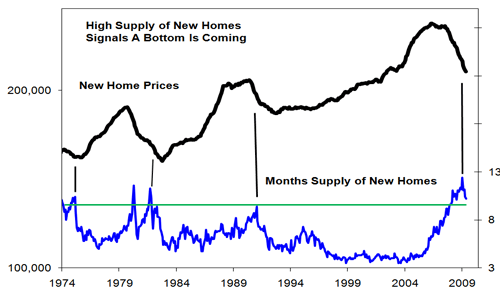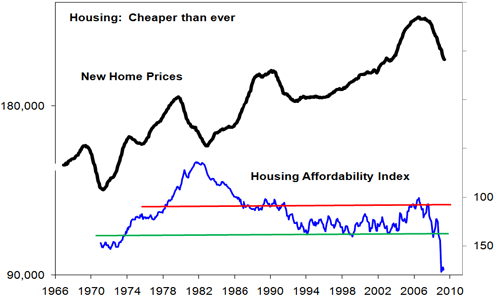
When the housing market slumps, it's often best to take your home off the market and wait it out - but not everyone has that luxury. Many people are forced to go through with a sale because of a job transfer or a personal liquidity crisis. But even if you're selling in a very bad market, there are things you can do to make the best of a raw deal. Read on for the top tips on how to close a real estate deal in a down market. (For related reading, see Selling Your Home In A Down Market.)
Tip No.1: Sweeten the Deal
In declining markets it is extremely important to be cognizant of comparable properties in the surrounding area and to price your home at a level that will entice potential buyers to view it and ultimately bid on it. In other words, the seller must reject the temptation to hold out for top dollar or to price the home at the upper end of what the market will bear.
There are three easy steps you can take that will give you sense of what similar homes are selling for:
* Attend open houses
* Peruse the newspaper for local listings
* Ask a real estate agent to print up comparable listings on the multiple listing service (MLS)
Tip No. 2: Keep It Simple
In a down market, buyers have a lot to choose from, so it's important that you try not to give them a reason to turn down your property. Therefore, you should eliminate or reduce the number of "contingencies" that you may have otherwise insisted be in the contract. In other words, be flexible and don't make the sale contingent upon any factor that isn't absolutely essential. Make your conditions as simple and straightforward for the buyer as possible and you'll find that they'll be more apt to sign on the dotted line. (To learn what buyers are looking for, read Buying A House In A Down Market.)
Tip No.3: Throw Some Bones
Let's face it - there is a lot of competition out there when it comes to selling a home. In fact, at any one time, there are literally millions of homes for sale throughout the country! In order to make your home stand out from the crowd, you may have to take some extraordinary measures. These extras don't have to cost you a lot of money - you just need to give an interested buyer that extra push toward choosing your house over another.
For example:
* Compensate the buyer for any points he or she might have to pay in order to obtain a mortgage. You can do this by reducing the price. (Read more in Mortgage Points – What's The Point?)
* Offer to pay for any attorney's fees the buyer might incur with the sale. (See The Benefits Of Using A Real Estate Attorney for the advantages of consulting these professionals.)
* Be more flexible with regard to the buyer's requests. More specifically, if the buyer requests that a window be replaced or a room be painted, consider satisfying that request. (Read more about which home improvement projects are the most valuable come resale time in Fix It And Flip It: The Value Of Remodeling.)
Remember, in a down market it's the little things that will help close the deal. Also remember that if you are not accommodating in this type of market, a buyer will simply move on.
Tip No.4: Hire a Professional
Real estate agents often charge commissions that can range up to 6% of the sale price of the home. That's expensive! And it is a major reason why so many individuals decide to place a "For Sale By Owner" (FSBO) sign on their front lawn and try to go it alone. (Read about the advantages of selling your house yourself in Cut Commissions With "For Sale By Owner" Sales.)
The problem with FSBOs is that they often fail to draw traffic. In fact, very few people ever see the sign on the seller's front lawn or the tiny postage-stamp-sized advertisement they've placed in the local paper. Real estate agents, on the other hand, are motivated by a commission, and will aggressively contact potential buyers and direct them to your home. Plus, they offer multiple listing services, which makes your listing accessible to anyone who's looking to buy.
There are no guarantees that a real estate agent will ultimately be successful at selling a home, but hiring a good real estate agent tends to increase the likelihood that a qualified buyer will come out to see your house, making an offer more likely. (Read more in Do You Need A Real Estate Agent?)
Tip No. 5: Get Out of Town
Before an individual buys a car, he or she typically wants to sit in the vehicle and test drive it to see if it "fits". The same is true for a home. In fact, would-be buyers want to walk through a home and take their time exploring every nook and cranny to make sure that they are making a wise choice.
Open houses are designated points in time when potential buyers can walk through a home and ask questions. They can be a very valuable tool when it comes to marketing a home - especially when they are held by a real estate agent. Folks shopping for a home don't feel comfortable opening up closets and drawers and talking with their spouses about what they like and don't like in front of the homeowner - they want adequate time and freedom while doing their due diligence.
The seller should also be prepared to place a key box on the home's front door so that the home will be accessible to real estate agents at all times. The advantage of having a key box is to make sure that would-be buyers will have the ability to walk through the house when you are at work or out running errands. Nobody wants a seller lurking nearby while they peruse the home - it's uncomfortable.
Tip No.6: Raise the Bar
In a buyer's market, the onus is on the seller to make the home as attractive as possible and to make it stand out from the pack. That is why many sellers retain home stagers to help them sell their home. A home stager is a consultant who will recommend cosmetic changes so that the home is more attractive to would-be buyers. Typical recommendations include removing clutter from a room, rearranging furniture, painting or adding more appealing décor. Your home should also be spotlessly clean. (Read more in 12 Worst First-Time Homeseller Mistakes.)
Stagers' fees vary, but they usually range from a couple of hundred dollars to just over $1,000, depending on the services provided. If you think you have a keen eye for detail, you could also take this task on yourself.
Tip No. 7: Don't Be Cheap
In order to make sure that real estate agents pay attention to your property and are eager to show the home to prospective buyers, sellers must provide incentive. That is, they must be willing to pony up the full 6% commission to the broker who sells their home. You can negotiate, of course, but remember that the idea is to give the broker/agent an adequate incentive to market your home ahead of others that he or she maintains in inventory. (For tips on successfully navigating any negotiation, read Getting What You Want.)
If you want to negotiate your agent's commission, consider establishing "breakpoints" in the listing agreement. In other words, establish terms so that the agent of record will receive 6% if, for example, the home sells within the first 60 days. If the home sells within 60-90 days, a 5% commission might be agreed upon, and so forth. Again, the idea is to persuade the agent and the listing firm to give your property as much attention as possible.
Bottom Line
Sellers looking to unload their homes in a down market must be flexible with regard to both price and contingencies. They should also be prepared to enlist the help of an agent or broker to help them better market the home. For those who follow the above tips, it is possible to sell your house successfully, even in a faltering real estate market.
source:
http://investopedia.com/









